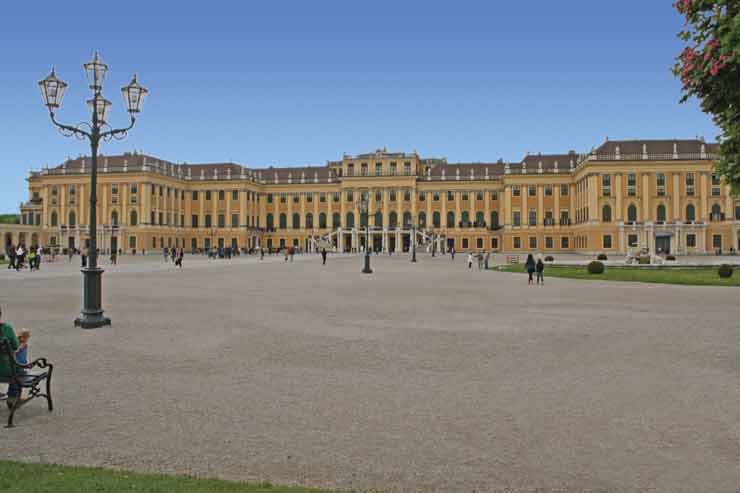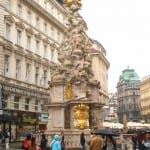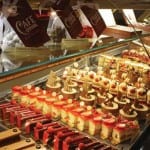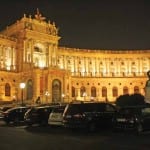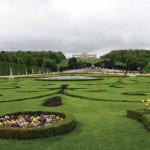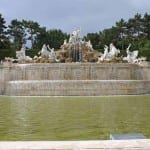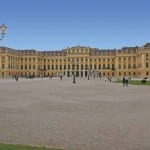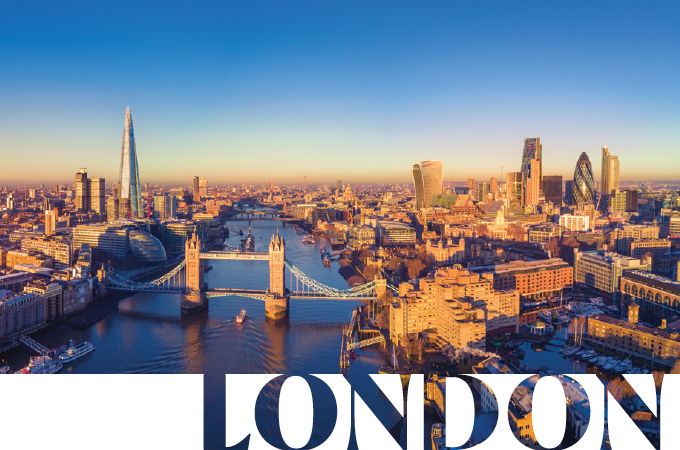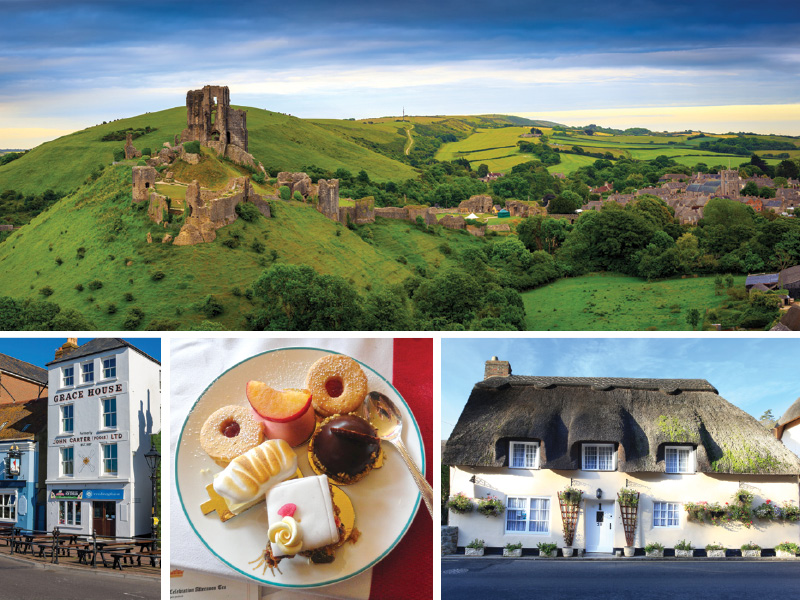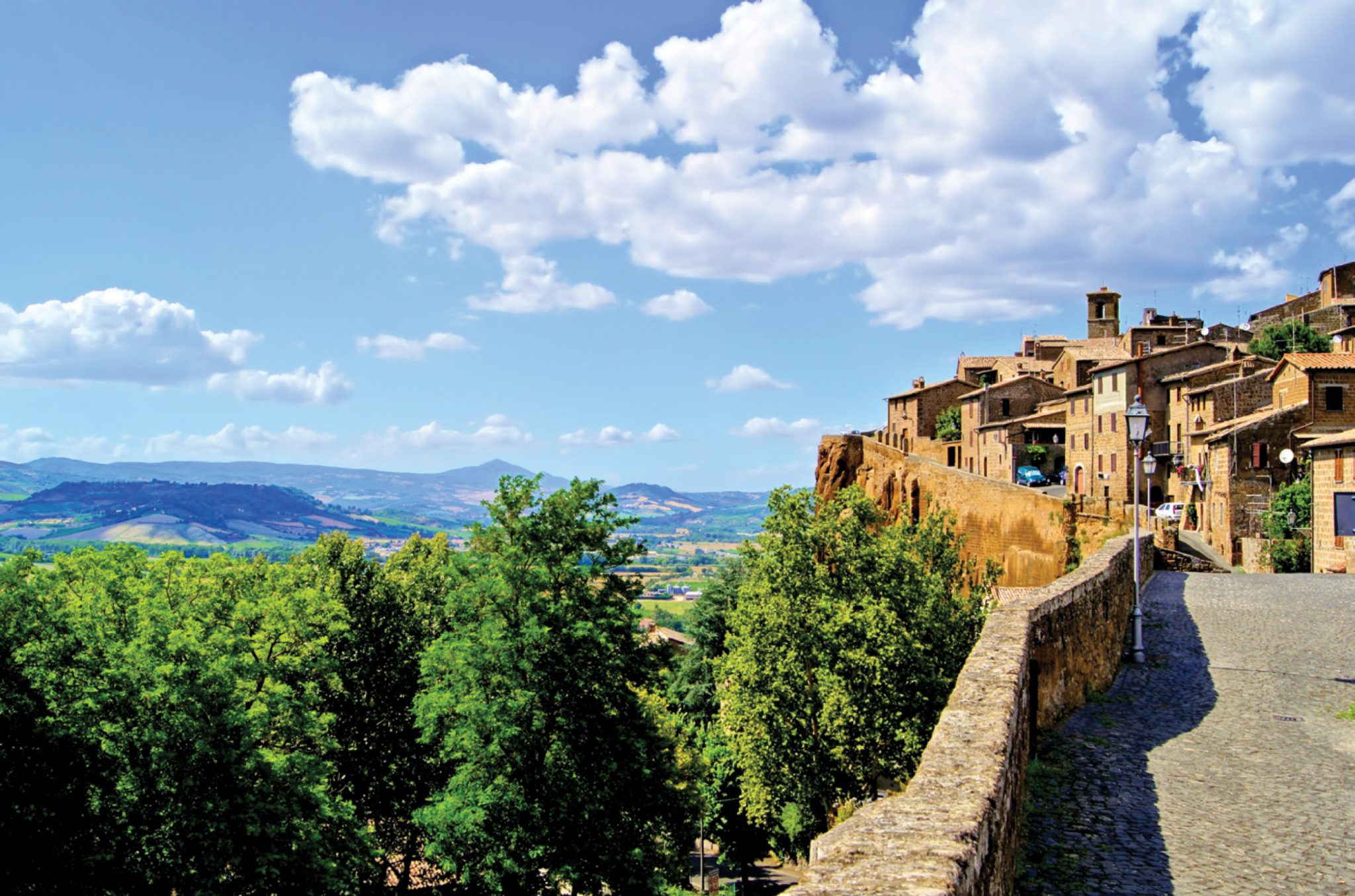Today’s Vienna might be the home of OPEC, the United Nations and more than 100 embassies, but it pales next to its 19th-century incarnation, the one that gave rise to the city’s famed Ringstrasse and such luminaries as Freud, Klimt and Mahler.
Fortunately for us tourists, the Vienna of Freud can still be found very much intact, tucked behind the Danube Canal, where the Ringstrasse forms a perimeter around possibly the most cultured Old City in history. Once you see it, you can’t help but be amazed by the scale and splendor of the palaces and churches: they reveal an Austria very different from the tiny country of today. In 1910, Vienna was ranked the seventh largest city in the world; today, it’s the 160th.
The rest of the world may have grown up around it, but Austria still occupies an enviable position as one of the wealthiest and most comfortable countries in the world. It has 4 percent unemployment and more than 1,000 hotels in Vienna alone. Yet, most visitors come to see its past, not its present. The Austria of the 18th and 19th centuries was the seat of the Hapsburg Empire, the most powerful nation in the world after Russia, and there is a reason for that. It is said the Hapsburg motto was, Why make war when you can make marriage? By marrying offspring to the heirs of other royal empires—often hostile or at least politically threatening ones—the Hapsburgs allied themselves with Spain, France, England and others, all for its greater glory. In fact, one of their most beloved rulers—Maria Theresa—had 16 children and strategically married off 15 of them for just this purpose (including the infamous Marie Antoinette).
Maria Theresa’s eldest son, Franz Joseph, was the final Hapsburg emperor, ruling for 68 years, from 1848 to 1916. And you might recall from history class that his named successor, Archduke Franz Ferdinand, was the spark for WWI. (Franz Joseph’s natural heir, his son Rudolph, had earlier committed suicide.) But it was not meant to be; in 1914 Franz Ferdinand was assassinated by Serbian separatists, interrupting the Hapsburg secession and plunging Europe into war.
However, signs of Franz Joseph’s long and powerful reign are all over Vienna. The Imperial Palace, the Hofburg, was the winter home of the royals. Some of its apartments can be toured, or if you’ve seen enough of gilded ceilings and inlaid floors, head for another end of the Imperial complex where the Treasury is open to visitors. There you’ll see centuries of Hapsburg crowns, swords, hunting rifles and gold-embroidered coronation wear. The Imperial Library is also fascinating, with floor-to-ceiling leather-bound books, frescoes and marble busts of famous Viennese. Built in 1730, it is one of the most important libraries in the world, with more than 8 million volumes (200,000 of them printed between 1500 and 1850) and historical objects, including ancient globes that reveal how people of the time viewed their world.
The big Imperial courtyard here that connects all these royal structures, Heroes’ Square, was also the site of more insidious history: rallies by Adolph Hitler. Although Austrians voted to become part of the Third Reich (the alternative, they’ll tell you, was to be occupied), they claim to be culturally different from Germans and generally resent comparisons.
One of the most recognizable symbols of the city in this predominantly Catholic country is St. Stephen’s Cathedral, situated near the palace and founded in the 12th century in what was, even then, the city center. Its Gothic spire juts up 450 feet. It was the site of Mozart’s funeral and is a masterpiece of stone and wood carvings. Nearby St. Peter’s, considered the second-oldest church site in Vienna, is a light-flooded Baroque sanctuary with a lavish, highly ornate interior. St. Augustine, as the Imperial church, is part of the Hofburg complex and the site of royal weddings, including that of Napoleon to the Hapsburg princess Marie Louise in 1810.
The Romans founded Vienna 2,000 years ago, calling it Vindobona. The term Third Reich originates from the concept that Austria has been part of three empires: the Roman, the Hapsburg, and the National Socialist (Nazi).
Tourists should not miss the Imperial family’s summer home, Schonbrunn, a few miles from city center. Its magnificent Neptune fountain was built to give Empress Maria Theresa something lovely to look out on from her second-story bedroom. This palace was a favorite of hers, and her son and heir Franz Joseph was born and died here. Some of its 1,441 rooms are open for touring, and its glory extends well beyond the Hapsburg days. Napoleon, who twice attacked Vienna, lived here with Marie Louise and their son, Napoleon Francois Charles Joseph, his only legitimate offspring. And when, after WWII, Austria was divided into regions, the British were headquartered in Schonbrunn.
The palace also was the site of more recent history, when John F. Kennedy met Nikita Khrushchev here in 1961 to discuss Berlin, and when Jimmy Carter signed a nuclear agreement with Leonid Brezhnev 18 years later. In 1990, President George H.W. Bush and Mikhail Gorbachev signed an arms treaty here. Why Vienna? Geography—the city straddles the crossroads between Eastern and Western Europe.
Since Vienna is renowned for its culture, any visit would be incomplete without attending a concert or opera, a coffeehouse and perhaps a display of equestrian prowess by the Spanish Riding School and its Lipizzaner stallions. Remember, the coffeehouse was born here, part of the fin de siècle culture, a time of remarkable intellectual and artistic innovation. Under the auspices of Vienna’s cafes, Expressionist painters like Klimt and Schiele met, alongside Jugendstil architects and political theorists, including Vladimir Lenin.
As you stroll in search of that coffeehouse, be sure to take a close look at the city’s largest public monument, Plague Column on Graben street, a 59- foot tall sculpture commissioned in 1679 by Emperor Leopold to remember the victims of the bubonic plague that year. Near the base, the figure of an old woman (symbolizing the plague) is cast out into an abyss. At the top, a golden Holy Trinity sits as a triumph of good over evil.
By Dorothy Weiner
Photos by Marc Weiner





